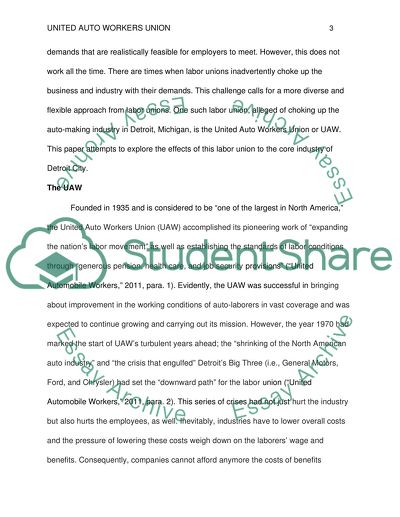Cite this document
(“The UAW and It's Effects on the City of Detroit Term Paper”, n.d.)
The UAW and It's Effects on the City of Detroit Term Paper. Retrieved from https://studentshare.org/history/1441502-the-uaw-and-it-s-affect-on-the-city-of-detroit
The UAW and It's Effects on the City of Detroit Term Paper. Retrieved from https://studentshare.org/history/1441502-the-uaw-and-it-s-affect-on-the-city-of-detroit
(The UAW and It'S Effects on the City of Detroit Term Paper)
The UAW and It'S Effects on the City of Detroit Term Paper. https://studentshare.org/history/1441502-the-uaw-and-it-s-affect-on-the-city-of-detroit.
The UAW and It'S Effects on the City of Detroit Term Paper. https://studentshare.org/history/1441502-the-uaw-and-it-s-affect-on-the-city-of-detroit.
“The UAW and It'S Effects on the City of Detroit Term Paper”, n.d. https://studentshare.org/history/1441502-the-uaw-and-it-s-affect-on-the-city-of-detroit.


